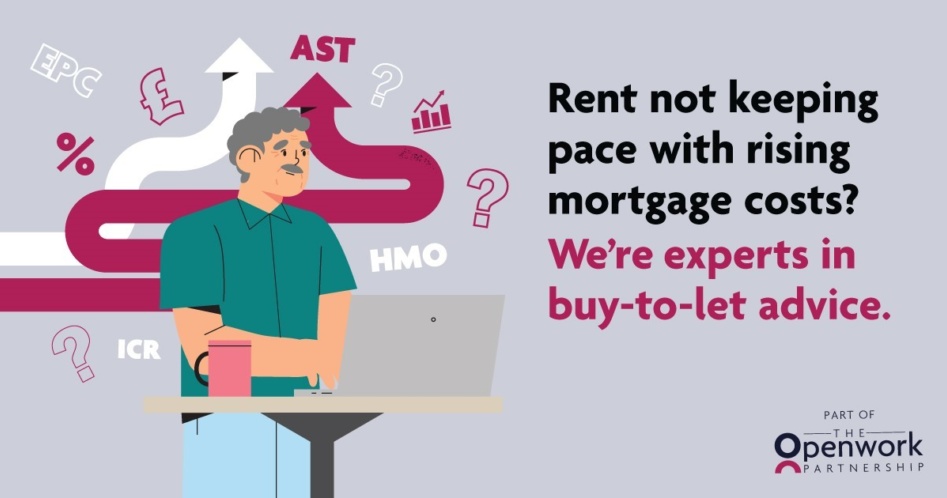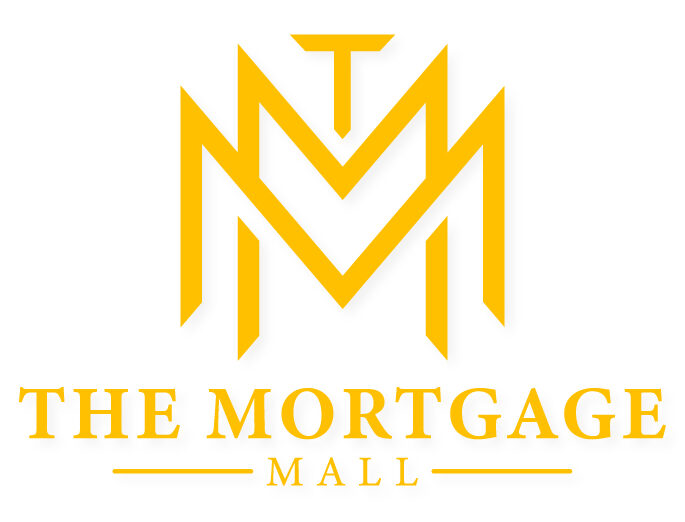
Remortgaging as a landlord: what to consider with a Buy to Let mortgage
If you’re looking for a Buy to Let mortgage in the current economic climate, the prospect may feel a little daunting. There’s no denying that as a landlord, due to remortgage, you may be facing higher mortgage rates and monthly payments which could put a squeeze on your profits.
But an mortgage adviser can help you navigate the difficulties, with the tools and expertise to source a Buy to Let mortgage that works for you.
To help set you up before you speak to an adviser, we’ve put together a useful breakdown of the key information you’ll need to know before the lending process gets underway.
ICR: a major Buy to Let consideration
When finding a mortgage product that meets your requirements, lenders will first look at the rental income you receive, the type and value of the property, and your personal income and credit history. They will then use this to calculate your Interest Cover Ratio (ICR), which acts as a safety net to make sure the rent you’re bringing in from the property covers your mortgage.
Calculating the Interest Cover Ratio (ICR)
The ICR is a regulatory requirement set by the Prudential Regulatory Authority. It’s part of a lender’s basic affordability calculation that’s typically applied to Buy to Let mortgage applications.
Lenders want to make sure your anticipated rental income doesn’t just cover the mortgage payment, but also an added ‘comfort level’ of around 25%, based on the likely mortgage payments at a higher ‘stress’ rate.
A requirement of a typical Buy to Let mortgage might be that a borrower’s property can achieve rent worth at least 125% of the mortgage payments at a notional interest rate, so the ICR in this example is 125%.
Lenders typically look for a minimum ICR of 125%, which is calculated using an appropriate stressed interest rate. A stressed ICR of 125% based on a higher rate reflects the amount of gross rental income required for landlords to break even. Lenders will also be factoring in the costs of mortgage repayments (considering interest rates), tax and property maintenance.
If the expected yield doesn’t sufficiently exceed the notional interest rate, lenders may look at additional sources of income to assess affordability.
If you’re a higher-rate taxpayer, lenders may assess you against a minimum stressed ICR of around 145%, as you may need more rental income to break even with the increased tax burden.
Planning how to weather rising inflation?
There’s a suite of options available to you that your adviser can go through in more detail, including:
- Passing on your mortgage costs
- Extending mortgage terms (repayment mortgages only)
- Increasing borrowing on another property (if you have a portfolio)
Plan your next Buy to Let mortgage with the help of an expert mortgage adviser.
When it comes to finding the right mortgage for you, an adviser will use a combination of expertise and search tools to source the lender and Buy to Let mortgage that meets your needs and fits the lender’s ICR.
Ready to get started?
Call The Mortgage Mall on 0333 014 7688 or drop us an email on [email protected]
Some Buy to Let mortgages are not regulated by the Financial Conduct Authority.
Address :
8 Mellish Drive
Walsall
West Midlands
WS4 2HW
Email:
[email protected]
Telephone

Proudly powered by The Mortgage Mall
